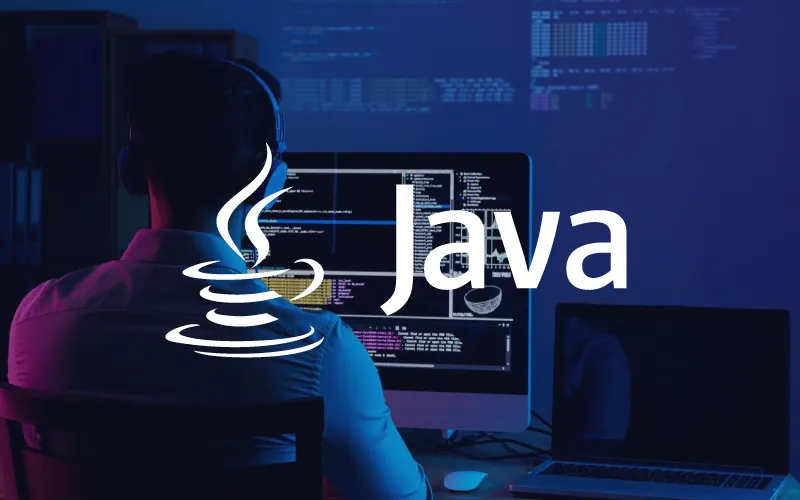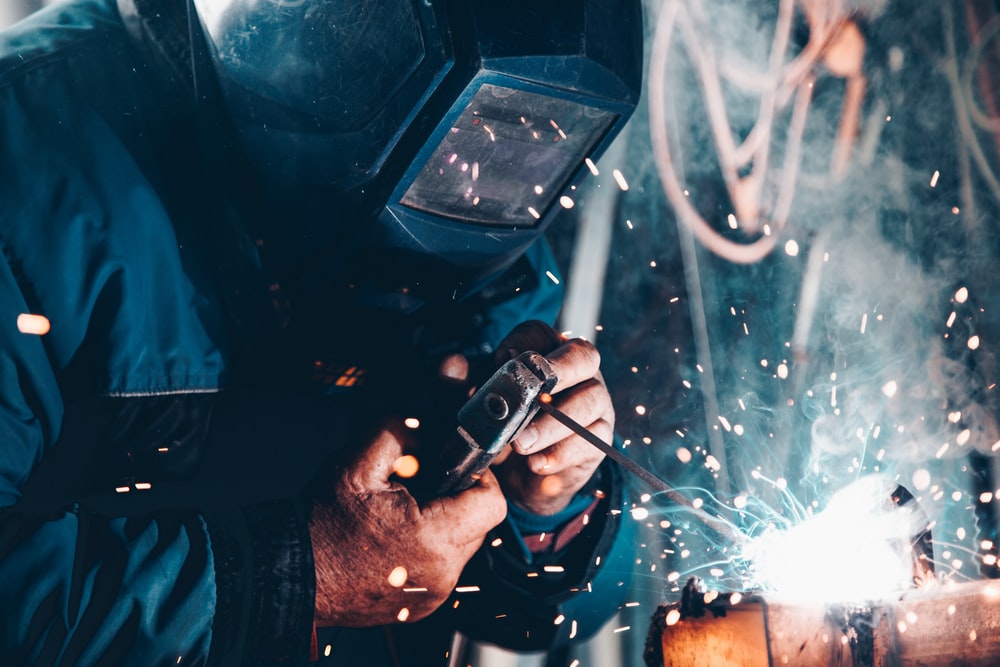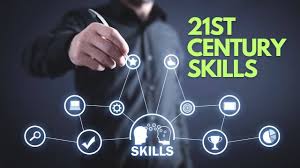gtaconline.gnomio.com
-
Welcome to GTAC LMS Site
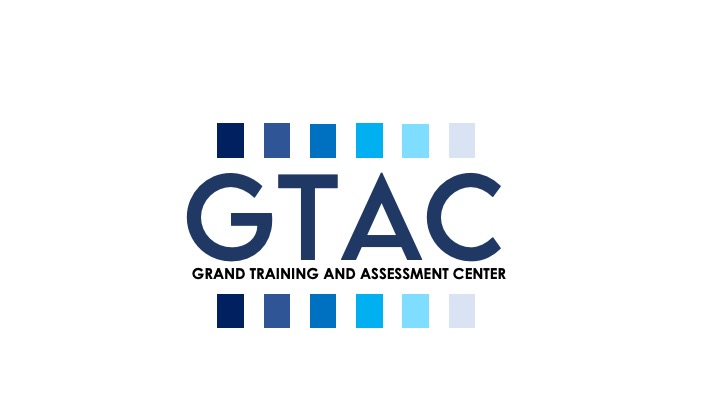
Course categories
Skip available courses
Available courses

The Programming (Java) NC III Qualification consists of competencies that a person must achieve to develop or write program codes using a personal computer or workstation as part of a systems development team. It includes core competencies on performing object-oriented analysis and design in Java technology and to create and fine-tune Java technology applications using object-oriented programming concepts.
At the end of the course, participants should be equipped with sufficient knowledge to take and pass the internationally acknowledged Oracle Java SE Certified Associate and participant will be awarded with an Oracle Certified Associate Java Programmer.
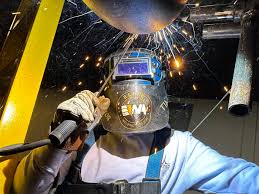
The Shielded Metal Arc Welding (SMAW) NC II Qualification consists of competencies that a person must achieve to weld carbon steel plate and pipe components as specified by layout, blueprints, diagrams, work order, welding procedure or oral instructions using shielded metal arc welding equipment. This Qualification conforms with American Welding Society (AWS) D 1.1 Structural Welding Code; American Society of Mechanical Engineers (ASME) IX Boiler and Pressure Vessel Code; American Petroleum Institute (API) 1104 Code for Gas and Oil Pipeline Facilities; and International Standards Organization (ISO) 9606- 1 Qualification of Welders for Steel.

The Welding NC I (SMAW) Qualification consists of competencies that a person must achieve to weld carbon steel plates components as specified by layout, blueprints, diagrams, work order, welding procedure or oral instructions using SMAW welding equipment.
- Teacher: Tim Davila
- Teacher: Francis Tajanlangit
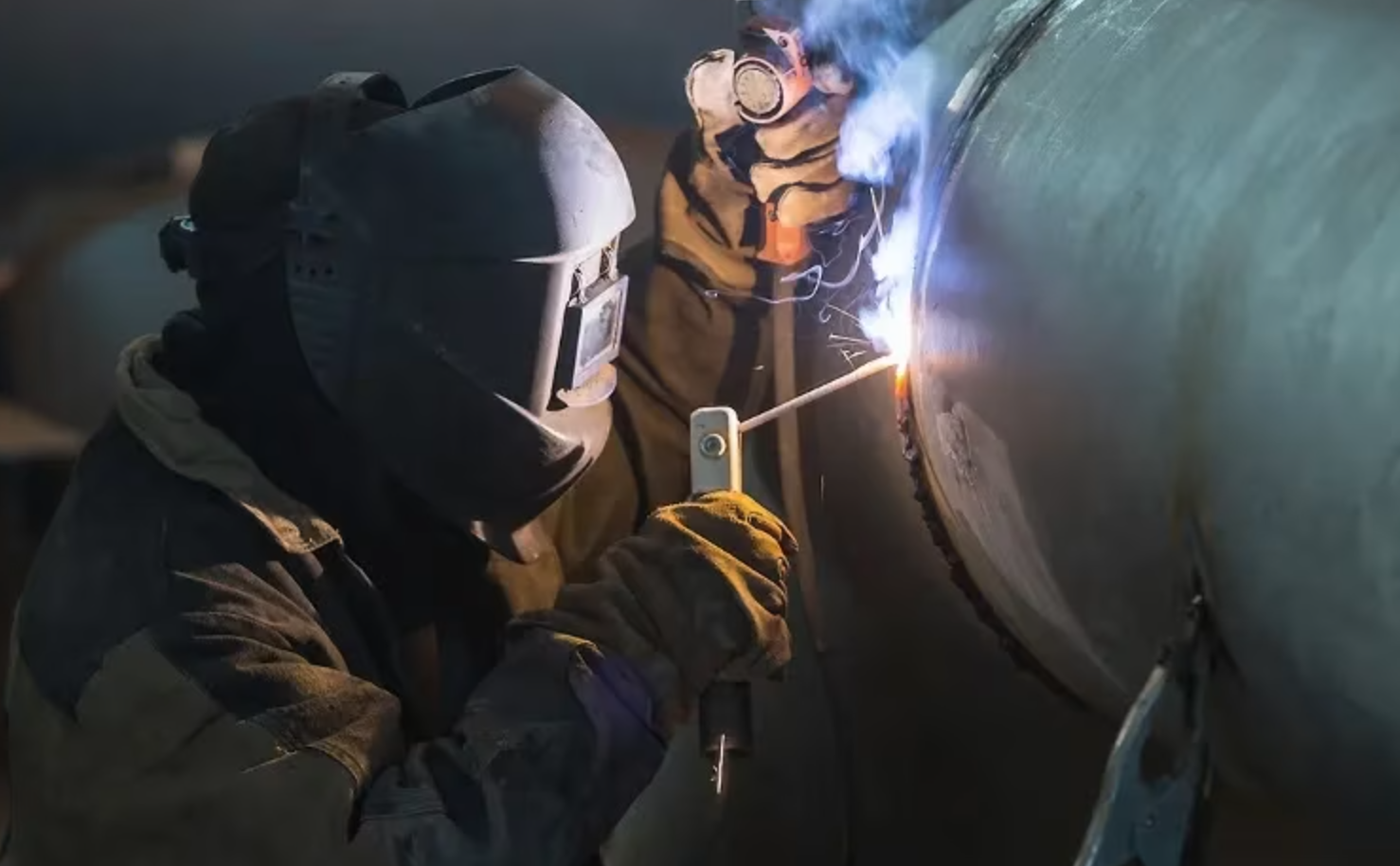
The Shielded Metal Arc Welding (SMAW) NC II Qualification consists of competencies that a person must achieve to weld carbon steel plate and pipe components as specified by layout, blueprints, diagrams, work order, welding procedure or oral instructions using shielded metal arc welding equipment.

The Welding NC I (SMAW) Qualification consists of competencies that a person must achieve to weld carbon steel plates components as specified by layout, blueprints, diagrams, work order, welding procedure or oral instructions using SMAW welding equipment.
- Teacher: Francis Tajanlangit
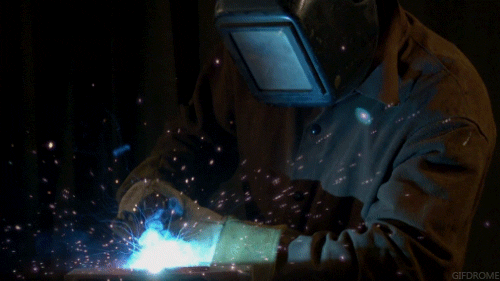
This course is designed to enhance the
knowledge, skills and attitudes in Shielded Metal Arc Welding in accordance
with industry standards. It covers core competencies such as Setting-up Welding
Equipment, Preparing Weld Materials, Fitting up Weld Materials, Welding Carbon
Steel Plates Using SMAW and Repairing Welds.

This course is designed to
enhance the knowledge, skills and attitudes of SMAW Welder in accordance with
industry standards. It covers competencies such as Setting-up Welding
Equipment, Preparing Weld Materials, Fitting up Weld Materials, Welding Carbon
Steel Plates Using SMAW, Welding Carbon Steel Plates and Pipes Using SMAW and
Repairing Welds.

The Programming (Java) NC III Qualification consists of competencies that a person must achieve to develop or write program codes using a personal computer or workstation as part of a systems development team. It includes core competencies on performing object-oriented analysis and design in Java technology and to create and fine-tune Java technology applications using object-oriented programming concepts.
At the end of the course, participants should be equipped with sufficient knowledge to take and pass the internationally acknowledged Oracle Java SE Certified Associate and participant will be awarded with an Oracle Certified Associate Java Programmer.
- Teacher: Francis Tajanlangit
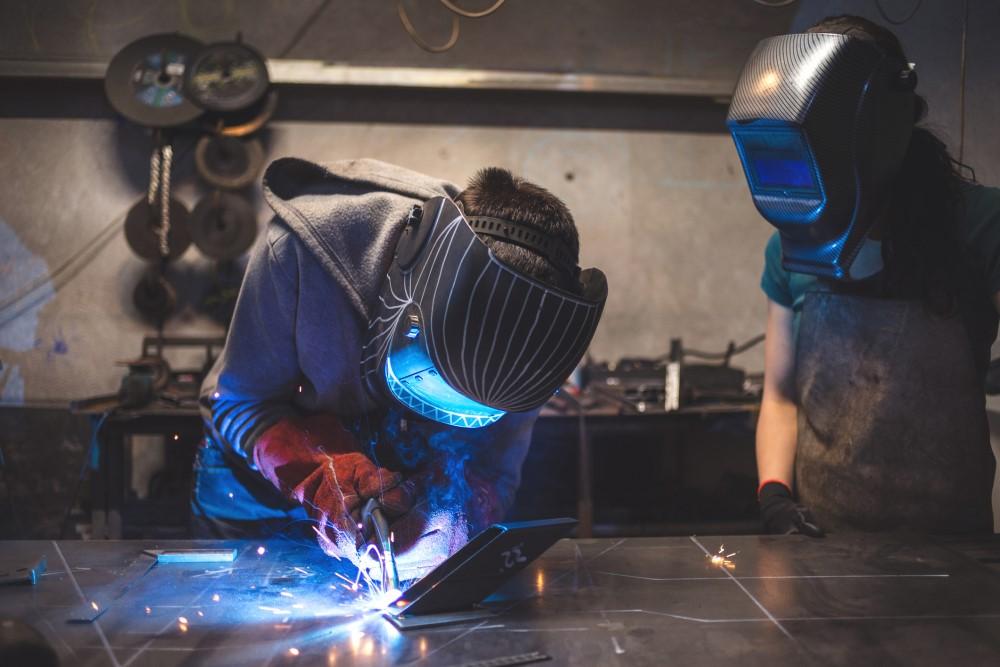 The Welding NC I (SMAW) Qualification consists of competencies that a person must achieve to weld carbon steel plates components as specified by layout, blueprints, diagrams, work order, welding procedure or oral instructions using SMAW welding equipment.
The Welding NC I (SMAW) Qualification consists of competencies that a person must achieve to weld carbon steel plates components as specified by layout, blueprints, diagrams, work order, welding procedure or oral instructions using SMAW welding equipment.
This Qualification conforms with AWS D 1.1 Structural Welding Code; ASME IX Boiler and Pressure Vessel Code; API 1104 Code for Gas and Oil Pipeline Facilities; and ISO 9606-1 Qualification of Welders for Steel.
- Teacher: Romulo S. Sanchez
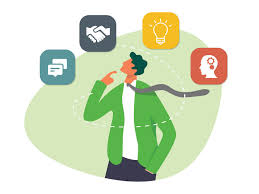
- Teacher: Francis Tajanlangit

The 21st Century Skills Training is a joint project by the Education Development Center (EDC), USAID Opportunity 2.0 Program, Philippines local team, and the Technical Education and Skills Development Authority’s (TESDA) National Institute for Technical Education and Skills Development (NITESD) through its Curriculum and Training Aids Division (CTADD).
The 21st Century Skills Training is aimed in fortifying the technical education and training systems to develop, deliver and monitor workforce readiness and technical-vocational training programs with the necessary professional mindset and character.
The 21st Century Skills adapted EDC’s globally recognized Work Ready Now, aligned with DepEd's D.O. 06 s. 2022 citing RA 10533 stating state's duty to “create a functional basic education system that will develop productive and responsible citizens equipped with the essential competencies, skills and values for both lifelong learning and employment.” To achieve this, the state is further instructed to “broaden the goals of high school education for college preparation, vocational and technical career opportunities as well as creative arts, sports and entrepreneurial employment in a rapidly changing and increasingly globalized environment.”
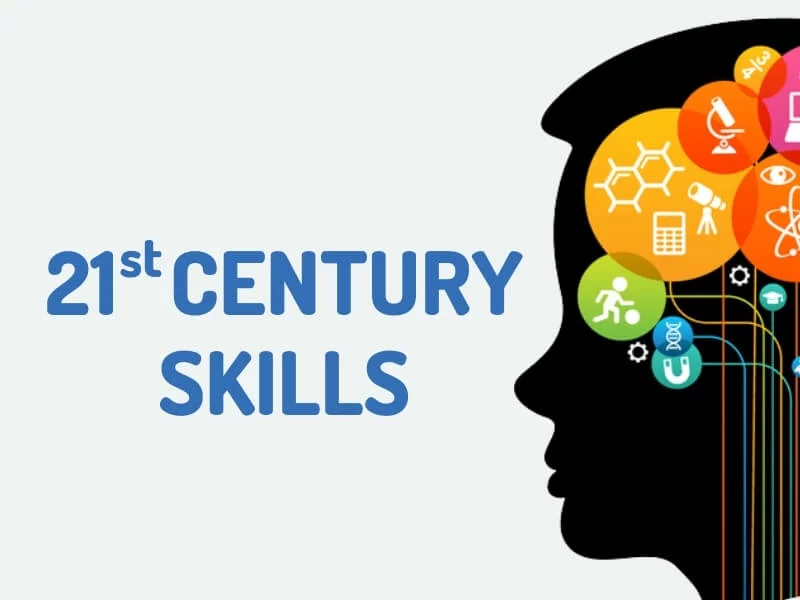
The 21st Century Skills Training is a joint project by the Education Development Center (EDC), USAID Opportunity 2.0 Program, Philippines local team, and the Technical Education and Skills Development Authority’s (TESDA) National Institute for Technical Education and Skills Development (NITESD) through its Curriculum and Training Aids Division (CTADD).
The 21st Century Skills Training is aimed in fortifying the technical education and training systems to develop, deliver and monitor workforce readiness and technical-vocational training programs with the necessary professional mindset and character.
The 21st Century Skills adapted EDC’s globally recognized Work Ready Now, aligned with DepEd's D.O. 06 s. 2022 citing RA 10533 stating state's duty to “create a functional basic education system that will develop productive and responsible citizens equipped with the essential competencies, skills and values for both lifelong learning and employment.” To achieve this, the state is further instructed to “broaden the goals of high school education for college preparation, vocational and technical career opportunities as well as creative arts, sports and entrepreneurial employment in a rapidly changing and increasingly globalized environment.”
- Teacher: Francis Tajanlangit
